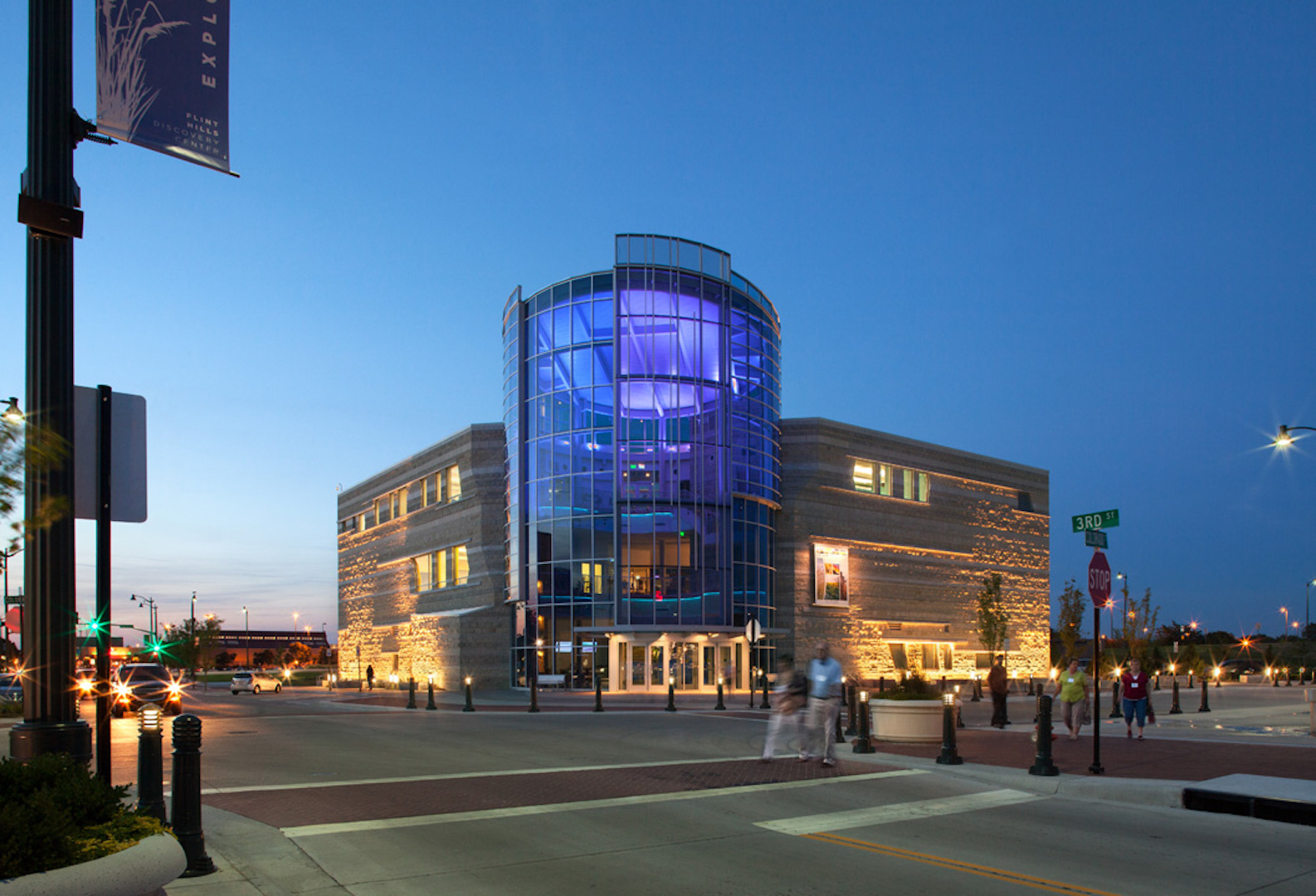What is LEED?

LEED: The Original Green Building Certification Model
Building standards are constantly evolving as the industry itself changes—and as the world changes around it. Sustainability and green construction are hot topics, so you may have heard of LEED before, but it can often be used as a buzzword without much context. So, what is LEED really and how has it accelerated acceptable building standards?
Born from a desire to create a paradigm shift in how buildings were designed and constructed, the US Green Building Council (USGBC) was founded in 1993, resulting in the first Leadership in Energy and Environmental Design (LEED) standard being developed in 1998. LEED 1.0 successfully pilot tested 19 projects, so LEED for New Construction launched publicly in March 2000. Green building certification systems like LEED for Building Design and Construction now incorporate unique credits adapted to specific building types – schools, retail, hospitality, data centers, warehouses & distribution centers, and healthcare.
Leadership in Energy and Environmental Design
Leadership in Energy and Environmental Design (LEED) is the most widely used green building rating system in the world. They certify more 1.85 million square feet of construction space each day. LEED certifications provide independent verification of the building’s green features. The incentive of this leads to the design, construction, operations and maintenance of resource-efficient, high-performing, healthy and cost-effective buildings.
Through LEED projects, companies divert more than 80 million tons of waste from landfills. LEED Gold buildings within the General Services Administration’s portfolio consume a quarter less energy and generate 34% lower greenhouse gas emissions. Furthermore, LEED-certified buildings directly contribute tens of billions of dollars into the US GDP.
What are the benefits of LEED certification?
LEED certification provides transparency to the building end user that healthy, sustainable practices have been emphasized during design and construction. There is a substantial amount of documentation required to provide this third-party verification. There are, of course, various more tangible benefits. LEED Certified buildings rent for higher levels than non-LEED Certified spaces – up to 4% higher rent and 4% higher occupancy rates. Most corporate leaders agree that sustainable practices lead to market differentiation and therefore improved financial performance. The Microsoft campus in Silicon Valley is a great example of sustainability and creation of a space intended to benefit and restore the natural area.
There are benefits for the people who live and work in LEED-certified buildings, too. LEED-certified buildings demonstrate better recruitment and retention rates among the employees who work there, due to better indoor environmental quality. Tenants are also more likely to choose LEED-certified spaces for living, with green buildings in Kansas City and around the country experiencing lease-up rates up to 20% above market average.
What is LEED? Learn more fromMcCownGordon Construction, your green building expert in the Midwest
At McCownGordon, our team of builders and engineers maintain a customer-focused mentality, allowing us to outperform even your highest expectations. Dedicated to promoting integrity, performance and relationships, it’s our people and values that truly make the difference. Our commitment is to develop more green buildings in Kansas City throughout the entire Midwest.
Our customers aren’t simply another project; they’re an extension of our team and community. Together, we don’t just build—we bring creative visions to life. From first thought to final nail, we deliver quality work to ensure our builds stand above the rest.
We have three regional offices around the Midwest—Kansas City, Manhattan and Wichita. Call us at 888-304-4929 or use our free online quote tool to start building today.




